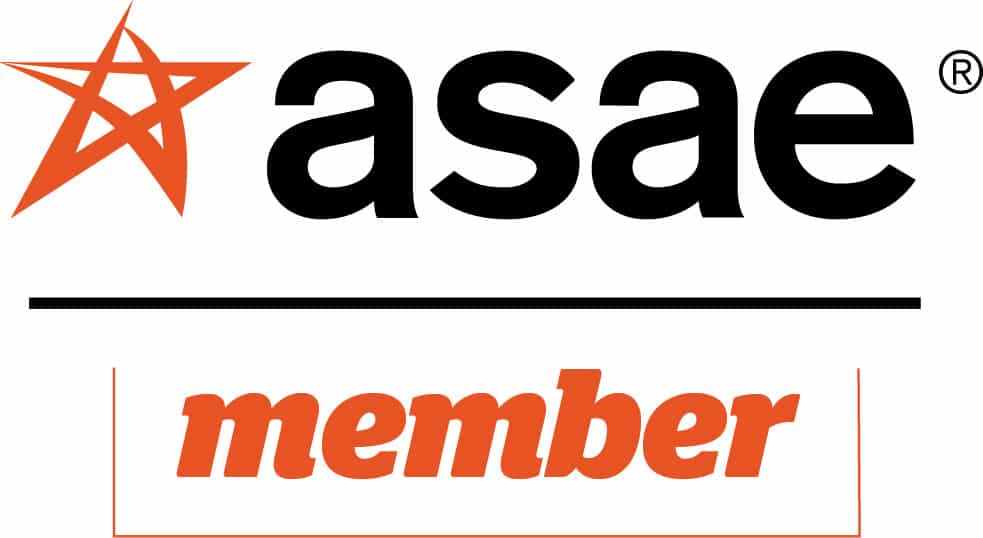Is Your Association Leaving Money On The Table?
Most associations face concerns about increasing membership dues. It’s common to hesitate due to the length of time since the last increase, a lack of rational framework for determining dues, or uncertainty about members’ willingness to pay more. However, it’s essential to realize that many associations share these apprehensions. The fear of members leaving or feeling unfairly charged can create undue stress for associations.
In reality, though, associations are often more worried about dues increases than their members are. By following a few simple guidelines, you can successfully raise dues with minimal resistance from your members.
The Best Financial Decision You Can Make
Increasing membership fees is a wise financial choice. Why? Firstly, every additional dollar of dues directly contributes to your overall profit. It brings in more revenue without any extra expenses. The benefits accumulate over time. A dues increase generates additional income for years to come. A 5% increase today will result in a significant 60% rise in revenue over a decade. This can be a game-changer for many associations.
Above all, it’s a fair decision. In any good relationship, there should be a balanced exchange of value. You receive what you pay for, and you pay for what you receive. Member relationships are no exception. As professionals, you provide substantial value, and it’s only reasonable for your members to contribute accordingly. They operate their businesses in the same manner.
To effectively raise dues and gain support from your members, your organization should consider three essential steps. These actions will help you determine the appropriate dues level and provide a solid justification for the increase.
A 5% increase today will result in a significant 60% rise in revenue over a decade. This can be a game-changer for many associations.
1. Know Your Benchmarks
Profitability is a crucial benchmark for any organization, including nonprofits. Ensuring that your revenue from dues surpasses the cost of serving your members is essential. Understanding the “Cost to Serve” metric is vital—it encompasses the total expenses associated with providing membership benefits. Surprisingly, many associations have yet to calculate this and are often taken aback when they do.
Another important benchmark is comparative pricing. It is helpful to know what similar organizations charge their members. While you may not have direct competitors, likely other organizations are catering to the same members or providing comparable benefits. This knowledge can aid in making informed decisions about dues increases.
A thorough market analysis of dues structures serves two purposes: firstly, it provides insight into the market’s willingness to accept the current dues rates. Secondly, it assures you and your Board that any potential change in dues structure is reasonable and justifiable, minimizing the risk associated with a dues increase.
However, when considering member research, caution is advised. It is widely acknowledged in market research that individuals do not always follow through on what they express, mainly when it concerns pricing. Their opinions may differ when answering a survey compared to when they have to make a payment.
Determining price sensitivity can be complex and costly, often requiring more advanced techniques like conjoint analysis. This method involves assessing individuals’ willingness to pay for different benefit bundles, allowing for the identification of the value of each item within the bundle and helping to determine the optimal price.
More expensive economic techniques, such as yield analysis, can also provide reasonably accurate predictions of membership levels at different dues rates. While this information is interesting, it may not be necessary for all organizations. Only the most risk-averse boards, seeking expert reassurance that higher dues will not negatively impact membership, may find such techniques essential.
When considering a dues increase, it is essential to carefully assess price sensitivity using appropriate methodologies to avoid potential negative consequences.
2. Stop Putting It Off
Gradually raising membership dues yearly, typically by 3-4% to account for inflation, is a sensible approach. Failing to do so means falling behind the inflation rate. Consider a real-life example where a client only increased dues once (by 6%) over 17 years. Eventually, they realized that catching up with inflation required a whopping 43% dues increase. It’s quite a challenging situation to rectify.
Now, let’s discuss the implications of postponing dues increases. Smaller, understandable increases like 1.5% require little explanation. However, a sudden 15% increase will naturally demand some clarification. Think of it as the “boiling the frog” analogy applied to member dues. If you have consistently prepared your members for regular, gradual increases, they will accept them without fuss. On the contrary, if you have conditioned them to not expect any increases, it becomes more challenging to implement them.
Is there such a thing as “too much”? A general guideline suggests that a maximum 10% increase at once would prevent significant member complaints. While spreading out the increases over multiple years may seem like a way to soften the impact, it might not yield substantial benefits while potentially leaving money on the table. Often, a rational, transparent narrative of “more value for more dues” is required to bring members on board.
Don’t underestimate your members. Take, for instance, a trade association that had long avoided raising dues for fear of alienating their corporate partners. However, after thorough research and consideration, they decided to increase rights for certain members by up to 50%. Surprisingly, the members expressed gratitude, as they felt guilty for paying so little, considering all the association had done for them.
While I can’t guarantee your members will express their gratitude, rest assured that an uptick in dues is likely something they anticipate.
Gradually raising membership dues yearly, typically by 3-4% to account for inflation, is a sensible approach.
3. Make A Dues Increase About Value, Not Price
It may have been quite some time since you last raised your membership fees. The services and benefits you provide to your members have evolved significantly since then. You may have introduced improvements or new offerings, enhancing the overall member experience. Additionally, you may now offer compelling new content. These enhancements contribute to the added value that justifies a dues increase.
Indeed, as your costs rise, it becomes necessary for dues to follow suit. While members understand this, it may not precisely thrill them. However, they will undoubtedly be excited about the new value they will receive from your organization. If you can effectively demonstrate your increased value, they will be much more willing to pay a higher dues amount.
When considering a dues increase, it can be an excellent opportunity to showcase the new value you have created. By discussing your various benefits and value, your members will appreciate hearing it all at once. Additionally, a dues increase can be a perfect time to enhance member value by bundling additional benefits into their membership. This approach generates extra revenue and demonstrates visible new value to your members when requesting higher dues.
A Membership Dues Increase Need Not Be Something To Fear
Dues increases are an essential financial necessity, and there’s no need to worry. By thoroughly researching benchmarks, incorporating them regularly, and connecting them directly to member value, you can consistently enhance revenue without adversely affecting your membership.
For more on association pricing strategies see Association Pricing: 3 Ways to Drive More Value, and Should You Increase Membership Dues?













